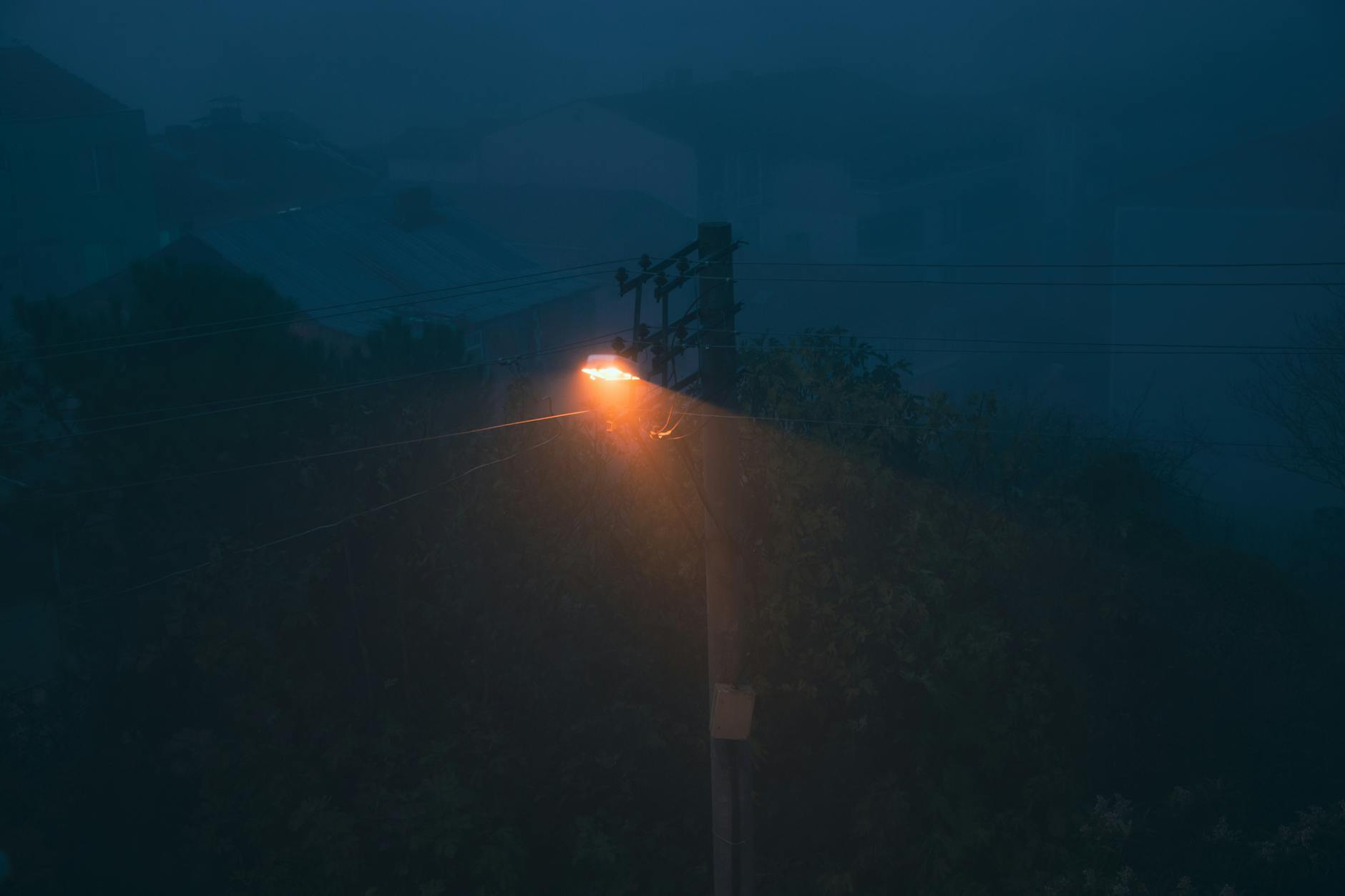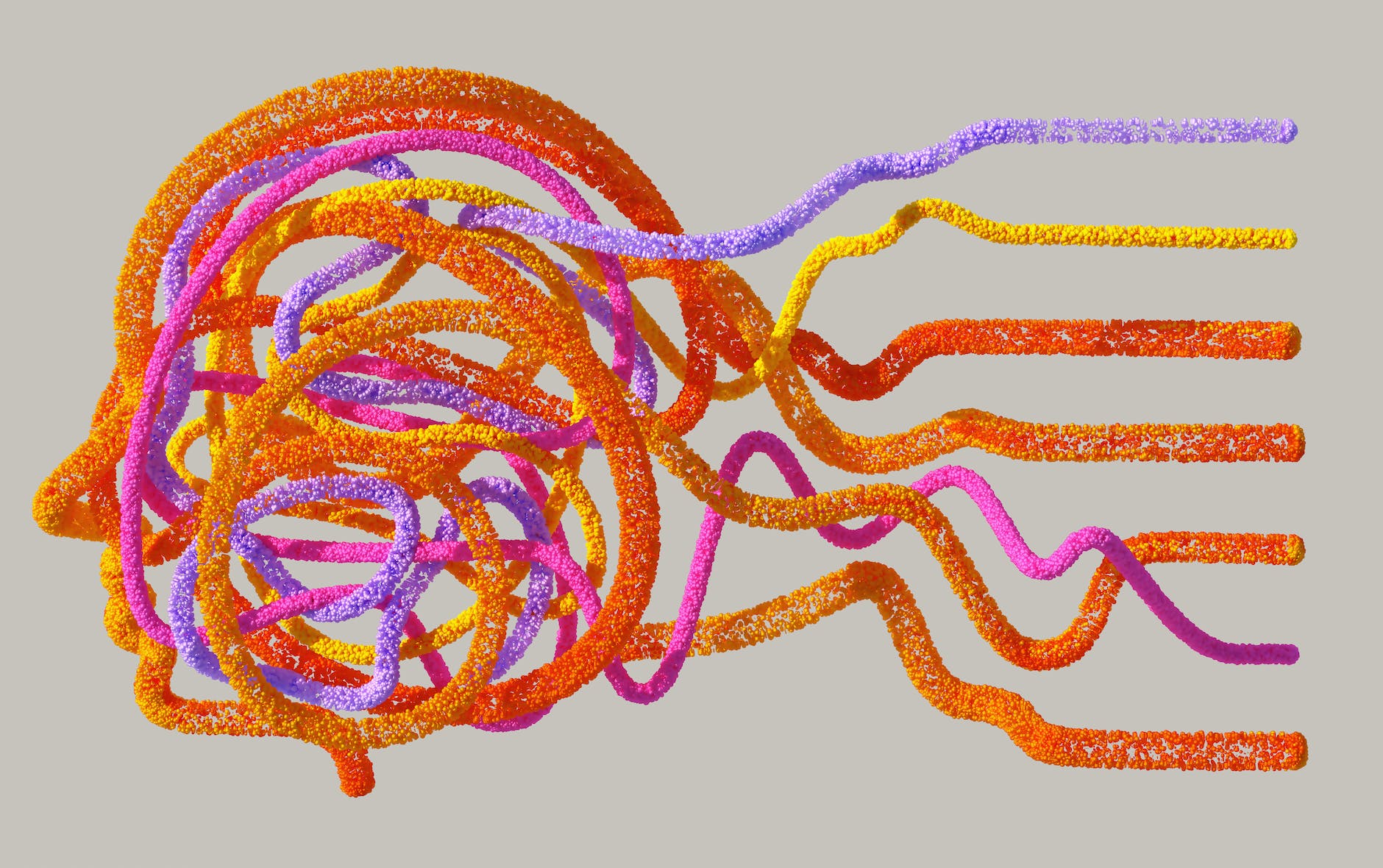In today’s dynamic world of creativity and artistry, the transformative power of psychedelic art is becoming increasingly acknowledged. This unique style, noted for its vibrant colours, surreal images, and multidimensional motifs, offers more than a mere visual experience. It arches into a realm of consciousness, self-discovery, and therapeutic exploration, shaping our perceptions in novel and compelling ways.
Psychedelic art originated in the 1960s, emerging as an artistic expression of the counterculture movement. Over time, the influence of this art form has grown and has been referenced across various multimedia platforms. Be it album cover designs, poster arts, or even fashion, the presence of psychedelic art is palpable. Our perception of this art has evolved beyond mere aesthetics, carving a niche for itself in cognition and mental health.
One of the most significant aspects of psychedelic art lies in its very definition. The word ‘psychedelic’ comes from the Greek words psyche meaning ‘mind’ or ‘soul,’ and delein meaning ‘to reveal.’ In essence, the core of psychedelic art facilitates a revelation of one’s inner self. It encourages introspection, an attribute that resonates with the modern need for self-discovery.
Research evidence suggests that psychotherapies, which leverage psychedelic-inspired artworks like music and visual art, aid in the exploration of the inner self by unlocking access to the subconscious. Through this, such art dives deep into symbolism and metaphysical elements, sparking a transformational journey of self-realisation. This goes to show the effectiveness of therapy that utilises psychedelic methods.
Psychedelic art often takes the viewer on a visual symphony of sequences that are quite outside the conventional bounds. With spirals, fractals, and intricate geometric patterns that denote infinity, the imagery displays an apparent paradox: chaos within order, and vice-versa. These elements symbolise life’s complexities, further encouraging introspection and bringing about a shift in the observer’s consciousness.
Psychedelic art also harnesses the power to shape one’s awareness by creating a bridge between the conscious and subconscious mind. According to studies in Neuropsychopharmacology and Neuroimage, upon viewing such art, areas in the brain related to self-references, emotion, and memory become interconnected, leading to an immersive, self-transformative experience.
This form of art doesn’t just aim to offer a visually enthralling experience; it aims to stimulate a mental journey of introspection, invoking emotional responses and spiritual connections. Much like psychedelic therapy, psychedelic art can foster personal growth and mental health well-being.
A prominent example of this symbolic power can be found in the works of Alex Grey, a renowned psychedelic artist. Grey’s works, such as “Sacred Mirrors,” delve deep into the spiritual and metaphysical realms, offering viewers a unique perspective on their own existence. In his own words, Grey’s art is an offering to uplift viewers into their “highest spiritual potential.”
As we embrace psychedelic art’s ability to inspire self-discovery and personal growth, we must acknowledge its immense potential as a therapeutic tool. In a world where mental health issues are on the rise, the transformative power of psychedelic art can evoke mindfulness, promote emotional release, and foster a sense of peace and self-acceptance.
As we delve deeper into the power of this art form, the possibilities for exploration seem boundless — a tribute to the ever-evolving nature of our consciousness itself. The transformative potential that lies within psychedelic artistry is a testament to the power of creativity to transcend conventional thinking, opening new vistas for self-discovery and mental wellbeing. Shaping the way we perceive ourselves and the world around us, the power of psychedelic art remains an iconically vibrant force within the realms of modern culture and psychology.








